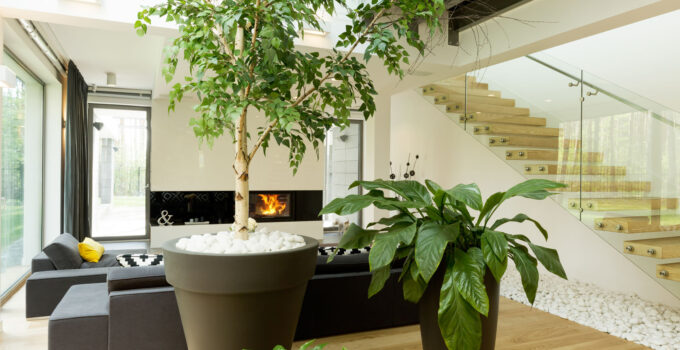Are you inspired to do some indoor gardening but have run into obstacles? Perhaps the growing season in your location is not long enough, or your outdoor area does not receive adequate sunlight. Even worse, maybe you do not have an outdoor space!
If the above sounds familiar, you should be encouraged. Indoor gardening is an excellent option through which you can practice farming all-year long. Moreover, besides providing you with a bountiful of fresh and organic foods, Indoor plants can also enhance the quality of your indoor air as well as adding to your household’s aesthetics.
The following guide will elaborate on everything you need to know about indoor gardening.
Page Contents
Space
An indoor garden can occupy as much or as little room as you desire. Interestingly, there is a broad variety of plants you can grow on a table or even a windowsill. If you are highly dedicated to farming or want to grow more plants, you may want to set up a table or a bench. Given that water will eventually drip from the container, it is essential that you find somewhere with a tile or a linoleum surface, or place a tarp beneath the table or bench.
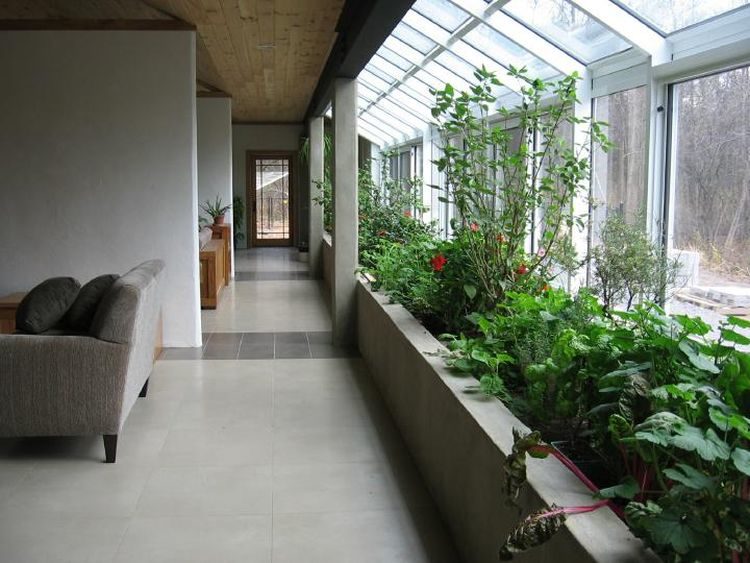
Img source: organicsoul.com
Space is a crucial consideration in indoor gardening, and that is why many people prefer vertical gardens. A vertical garden allows you to grow your plants in vertically arranged layers. You can opt for a DIY vertical growing system, or buy one from the store. Conversely, if you have ample space for a horizontal garden, there are numerous options from which you may choose as well. However, a shelf system is the best option as it will allow you to grow more veggies or flowers with as little space as possible.
Overall, do not despise the usefulness and beauty of window boxes. Although a window box may not be ideal for growing vegetables, you can plant a fine assortment of herbs
Light
Plants require light for photosynthesis and require photosynthesis to survive. In the absence of light, vegetation tends to grow tall and gangly. Even if they get a little light enough to grow leaves, they may fail to expand. In the worst case, they may never flower, which means no fruit. Notably, even the plants located near a window may not get ample light during winter months to thrive.
As you may have guessed, supplementing natural light with grow light is the only way to avoid the imminent disappointment. Grow lights vary depending on their effectiveness and price. We consulted the experts from Growace and they claim that there are several factors you should know when purchasing a grow light.
What to Consider When Choosing a Grow Light?
First, it is crucial to understand that plants utilize photoreceptors to absorb specific light wavelengths. Consequently, your grow light must have the same wavelength as the sun, which explains why a normal light bulb is ineffective.
Secondly, you should ensure that the light is located as close as possible to the florae without scorching the plants.
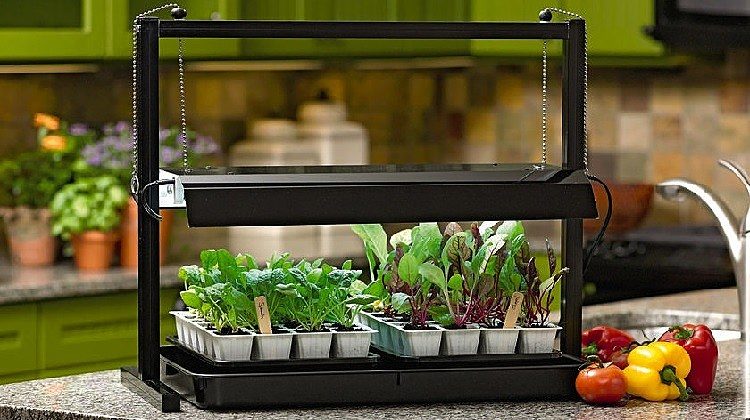
Img source: duoslimgarciniacambogia.com
Thirdly, the majority of plants thrive with 14-16 hours of sunlight or grow light. You can easily tell whether your plant is receiving adequate light by observing the leaves and stems. If the leaves are small or pale, and the stem is spindly, then your plants are not doing well.
Fourthly, budding and flowering are controlled by a hormone known as florigen. While long day plants require not more than 18 hours to produce the hormone, short-day vegetation requires only up to 13 hours of light. Excessive exposure to light can damage the florigen in short-day plants.
Temperature
Majority of the plants require temperatures of 65-75℉, although an adjustment of 10℉ doesn’t have much effect. Vegetation grown in very hot conditions turn out small and frail, while those frown in very low temperatures acquires yellow leaves which are being shed imminently. Installing a thermostat will help you to regulate the day and night temperatures for best results.
Humidity
Humid air is essential for plants to thrive because their breathing pores lose plenty of moisture when the adjacent air is dry. Interestingly, a plant cannot recover water lost this way from the moisture absorbed by the roots.
You can tell a low-humidity problem if:
- Plants begin losing their leaves
- The tips of the leaves start browning
- Plants appear puckered or withered
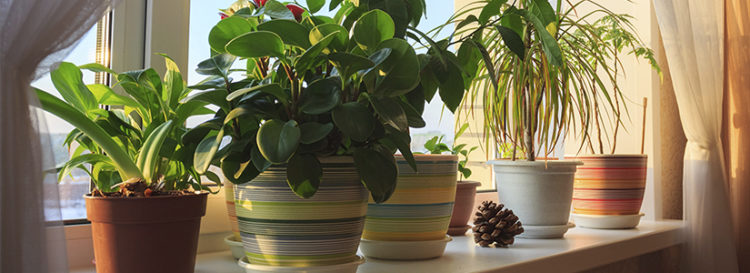
Img source: bioadvanced.com
If you want to increase the humidity:
- Mist your plants daily or as often as possible, except hairy-leafed plants
- Place a water tray near your garden and throw in some rocks to increase the surface area for evaporation
- Install a humidifier
- Grow plants close together to create a small environment with a high relative humidity
Water and Air Flow
Water and air flow are the leading causes of plant mold and infection. While you may not need reminding about the significance of watering your plant, it is crucial to note that overwatering may drown your plant’s roots, leading to death.
Plant roots need air. As a result, you should always allow water to drain to avoid water stagnation, which may lead to mold. Bear in mind; it is easier to save an under-watered plant that one which is over-watered.
Growing Medium
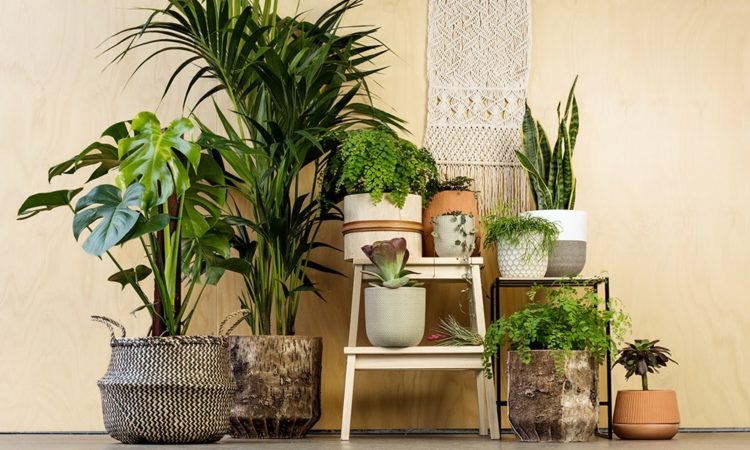
Img source: anchoragehopeisland.com.au
Your choice of a growing medium can affect the quality of your plants significantly. When using soil, it is recommended that you do not use the one found outside, as it may contain weed seeds and pests. Instead, opt for a commercial organic soil mix that is tailored for indoor gardening. The ideal mix should drain well, remain loose, and contain sufficient organic matter to hold nutrients and moisture.
Hydroponics
Instead of using soil, you can choose to utilize hydroponics, the practice of gardening without water. While plants retrieve their nutrients from the soil, the farmer provides the plant’s nutrients directly, making them easily accessible to the plant.
Some benefits of Hydroponics include:
- Faster growth of plants following easier access to water and nutrients
- Reduces chances of a plant infection
- Containers may be smaller given that roots grow throughout the media
In conclusion, if you want to become a successful indoor gardener, you should understand how the indoor environment affects a plant’s growth, and how the indoor cultivation varies from the one practiced outdoors.

